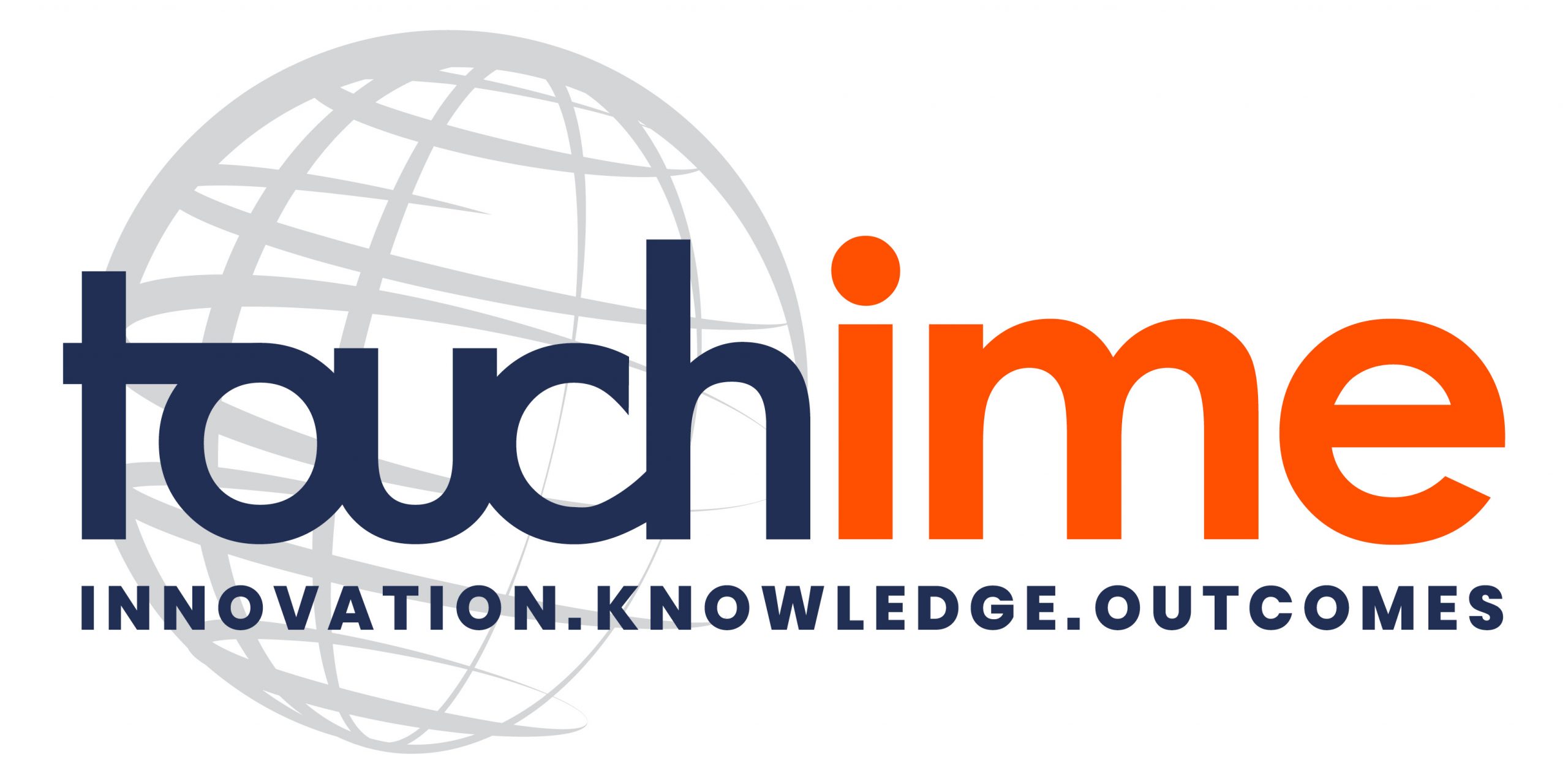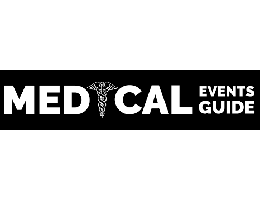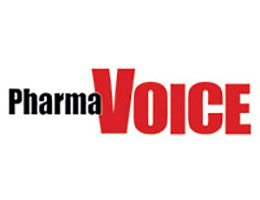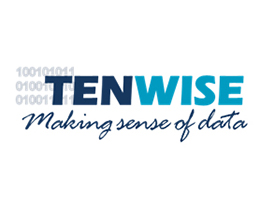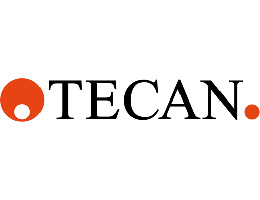About Conference
Join Us at the 3rd International Conference on Spine Disorders and Spine Therapy
Dates: October 27–28, 2025
Location: Online Event
Dear Doctors, Healthcare Professionals, Researchers, and Students
Researchers Fusion are excited to extend a warm invitation to you for the 3rd International Conference on Spine Disorders and Spine Therapy, taking place as an interactive event on October 27–28, 2025. This congress promises to be a dynamic platform for sharing cutting-edge research, exploring innovative therapies, and discussing the latest trends.
Spine disorders refer to a wide range of medical conditions that affect the spine, which is the central structure of the body that supports the head, neck, and trunk. These disorders can involve the bones (vertebrae), discs, ligaments, muscles, nerves, and spinal cord. They can result from trauma, degenerative diseases, infections, tumors, congenital abnormalities, or other medical conditions.
1. Herniated Disc (Slipped Disc)
A herniated disc occurs when one of the discs between the vertebrae in the spine bulges or ruptures, pressing on nearby nerves. This can cause pain, numbness, or weakness, especially in the back, neck, or limbs.
2. Degenerative Disc Disease
This refers to the breakdown of the intervertebral discs, which can lead to pain, stiffness, and loss of mobility. It is often part of the aging process but can be accelerated by injury or repetitive stress.
3. Spinal Stenosis
Spinal stenosis occurs when the spaces in the spine narrow, putting pressure on the spinal cord or nerves. It can lead to pain, numbness, or weakness, particularly in the legs and back.
4. Spondylolisthesis
This condition involves one vertebra slipping forward over the vertebra below it. This misalignment can lead to nerve compression and cause lower back pain, weakness, or numbness in the legs.
5. Sciatica
Sciatica is a symptom of another underlying spine disorder, typically a herniated disc, where pressure on the sciatic nerve leads to pain that radiates from the lower back down the legs. The pain can be sharp, burning, or shooting.
6. Spinal Fractures
Spinal fractures can be caused by trauma (such as a car accident) or conditions like osteoporosis. Fractures may cause severe pain and sometimes compromise spinal cord function.
7. Kyphosis
Kyphosis is an abnormal curvature of the upper spine, often referred to as a "hunchback." It can result from aging, degenerative disc disease, or conditions like Scheuermann's disease.
8. Lordosis (Swayback)
Lordosis is an exaggerated inward curve of the lower back. It can be caused by obesity, poor posture, or spinal abnormalities and can lead to discomfort or pain.
9. Scoliosis
Scoliosis is a condition in which the spine curves sideways, typically in an "S" or "C" shape. It often develops during childhood or adolescence but can also occur in adults due to degeneration of the spine.
10. Spinal Infections
Infections of the spine, such as osteomyelitis or discitis, can result from bacteria, fungi, or viruses. They can cause severe pain, fever, and potentially permanent damage if left untreated.
11. Spinal Tumors
Tumors in the spine can be either benign (non-cancerous) or malignant (cancerous). These tumors can affect the bones of the spine or the nerves, leading to pain, weakness, or neurological problems.
12. Cervical Radiculopathy
This occurs when a nerve in the neck (cervical spine) becomes compressed, often due to a herniated disc or arthritis. Symptoms include pain, numbness, and tingling in the neck, shoulders, and arms.
13. Cauda Equina Syndrome
A rare but serious condition caused by compression of the nerves at the base of the spinal cord. It can cause loss of bladder or bowel control, as well as severe pain, numbness, and weakness in the legs.
14. Spinal Cord Injury
Spinal cord injuries can occur due to trauma, such as accidents or falls, and can lead to partial or complete paralysis, depending on the severity and location of the injury.
Why to Attend?
Expert Speakers: Hear from leading experts in the field who will share their insights and discoveries.
Networking Opportunities: Connect with peers, colleagues, and mentors from around the globe.
Educational Sessions: Gain knowledge from comprehensive sessions covering various aspects of infectious diseases.
Research Presentations: Showcase your research findings and contribute to the advancement of knowledge.
Virtual Exhibition: Explore the latest advancements in diagnostics, treatments, and technologies.
Who Should Attend?
Doctors and Healthcare Practitioners
Researchers and Scientists
Students and Academicians
Public Health Officials
Speakers

Andreas Christodoulou
Serres General Hospital, Greece
Anna Konopka
Macquarie University, Australia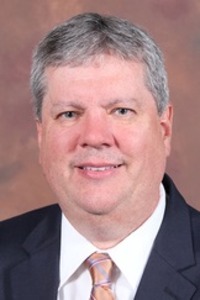
Barry Hammond
Department of General Dentistry
Ranjan Ramasamy
Id-Fish Technology Inc, Milpitas, United States
Krzysztof Skowron
Nicolaus Copernicus University in Torun, Poland
Aung Sitt Naing
Eastern Virginia Medical School, United States
Julissa Soto
Julissa Soto Latino Health Equity Consulting, United States
Eric Brownhill
Jacobi Medical Center, United States
Jonathan Lambo
Avalon University School of Medicine, United States
Kathleen Maguire
University of California, United States
Elizabeth Yvonne Flores
Boston University School of Medicine, United States
David Stiles
Recursion Pharmaceuticals, United States
Franciela Golden
Mayo Clinic Jacksonville, United States
Yuhang Liu
Moderna Services, Inc., United States
Aaron Briggs
University of California San Diego, United States
Maria Aguilar Amaya
Arizona State University, United States
Pere Domingo Pedrol
Hospital de la Santa Creu i Sant Pau, Spain
Luis Felipe Vargas Garcia
Hospital Christus Muguerza Alta Especialidad, MexicoConference Schedule
Registration
Opening Ceremony and Introduction
Keynote Session I
Refreshment Break
Keynote Session II
Lunch
Break Out Session I
Refreshment Break
Break Out Session II
Keynote Session III
Refreshment Break
Break Out Session III
Lunch
Poster Presentations
Refreshment Break
Break Out Session IV
Keynote Session IV
Refreshment Break
Break Out Session V
Lunch
Break Out Session VI
End Note Session and Closing Ceremony
Photo Gallery
Testimonials

It was a great experience and I got to learn a lot from the other presentations and lectures held as well. I look forward to participating in future conferences as well.

Thank you for organizing the meeting. Everything went smoothly for me.

Thank you and congratulations for so interesting Conference.

I would like to congratulate you and your mates for the good job that all of you did to schedule all the presentations. I felt that all the presentations were very interesting and of high quality. I hope that me or researchers from my team will be able to participate in future editions.

This Conference is a very fantastic event with very high quality speakers from all over the world.

Neurology Virtual event was an interesting event. Thanks for the opportunity to participate.

This Conference is a Spectacular conference, interaction between speakers has been very enlightening for me I will attend the future conferences.

One of the most interesting conference, having a huge number of presenters.

It is a great pleasure and honor to attend This Conference, the event has a good collection of top researchers around the globe.
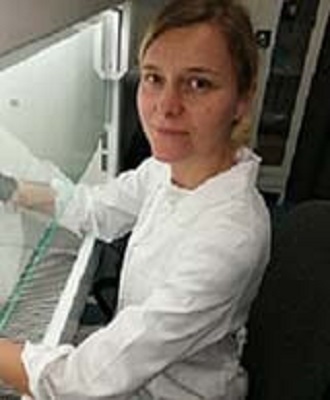
I would like to congratulate you on organizing a very interesting conference.











